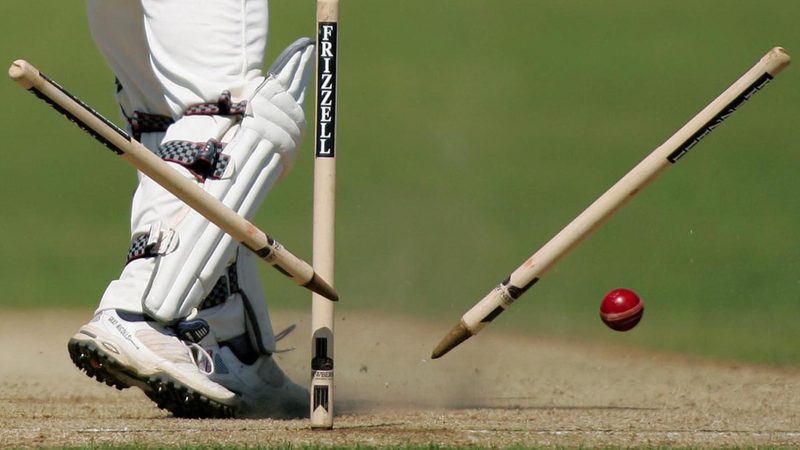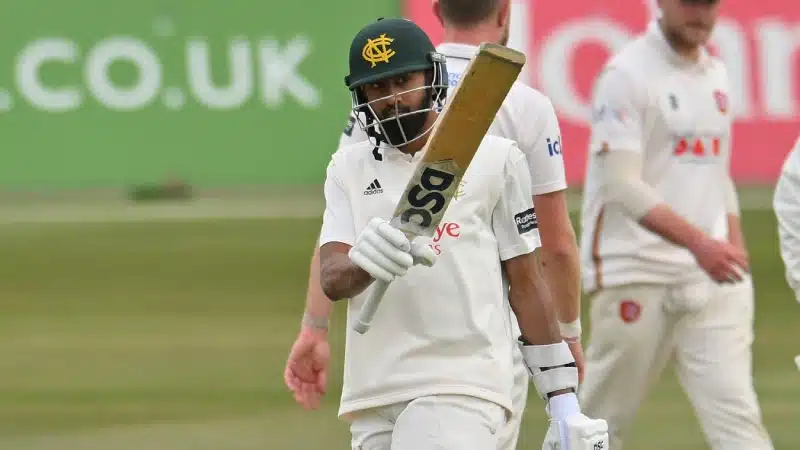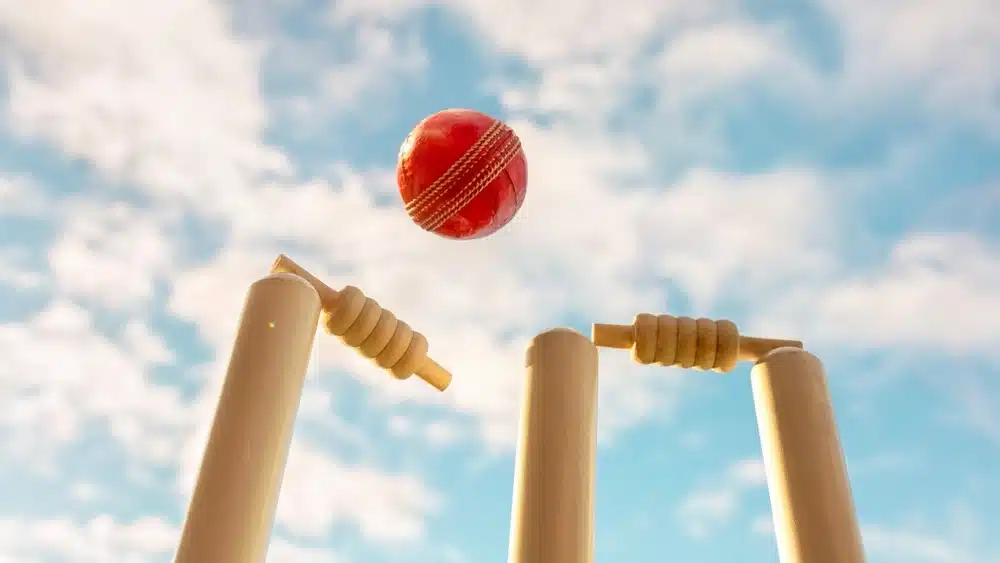
While the objective of batters is to score as many runs as possible in cricket, bowlers aim to get batters by restricting the number of runs that are made.
Getting a player out is the fastest way to stop batters from scoring runs as it doesn’t just remove established batters from the crease but also ensures a new batter has to make their way to the middle and get set before they can begin scoring runs freely once again.
Once all batters are dismissed that respective team will then have to defend the number of runs they have managed by getting all of the opposition team out or restricting them from reaching the set score.
To sum up, getting a player out is the ultimate prize for bowlers and what’s interesting to note is that there are several modes of dismissal in cricket or to be more precise, a batter can be adjudged out in 10 different ways.
Here, we have a look at all the different types of outs in cricket and how these forms of dismissals come about.
So without further ado, let’s dive into the various types of outs in cricket that bowlers love and batters dread.
Types of outs in cricket
Bowled
A batter is considered out bowled if a bowler’s delivery hits the stumps behind him or her either directly or after the ball takes a deflection off the bat, pad or any other equipment like the helmet.
Caught
One of the most common forms of dismissal in cricket, a player is considered caught out if the ball after being struck by the bat is caught by a fielder or wicketkeeper before it touches the ground. There are different variants of the caught dismissal. For example, if the bowler himself takes the catch, it is considered caught and bowled, whereas if a player is caught by the wicketkeeper or in the slip cordon then it is said to be caught behind. If a batter is dismissed by a player taking a catch in any other side of the field, it is referred to as caught out.
Hit Wicket
A rare form of dismissal in cricket, hit wicket dismissals take place when a batter inadvertently knocks his own stumps over with his bat, pad, or any other body part and equipment while trying to hit a ball. Even if a ball strikes a batter’s helmet and it gets dislodged from his head before the helmet ends up falling on the stumps, it will be considered a hit wicket.
Hit The Ball Twice
Another rare mode of dismissal that hasn’t been seen much is hit the ball twice. This type of out takes place if a batter ends up hitting the ball twice either advertently or inadvertently. If a batter ends up striking the ball twice with his bat or any other body part, this type of dismissal is called hit the ball twice.
Leg Before Wicket
A fairly common mode of dismissal, a batter is considered to be out leg before wicket or LBW if the ball strikes his pad or glove while he’s in line with the stumps. However, it is up to the umpire to judge whether the ball would go on to hit the stumps had it not struck the batter’s pad or glove. What’s worth noting is that if the ball pitches out of the leg stump, then a player cannot be adjudged LBW as per the laws of the game. Furthermore, in the modern era, players can challenge an umpire’s decision on an LBW through reviews if they believe the ball was going to hit the stumps or vice versa.
Obstructing The Field
As per Law 37 of the Laws of Cricket established by the Marylebone Cricket Club (MCC), a batter can be given out if he’s obstructing the field in a willful manner or distracting the field through his words and actions.
Run Out
A run out takes place while a batter is attempting to complete a run and fails to reach the crease before the fielding side either hits the stumps directly or they get the ball back to the wicketkeeper who disturbs the stumps prior to the batter reaching the crease. In case the decision pertaining to a run out is too close to call, the third umpire is called upon to cast his judgment with the use of technology.
Retired Out
Retired out takes place when a batter decides to go back to the pavilion without being dismissed or given out by the umpire. Unlike retired hurt, the batter isn’t under any duress from injury or illness when he makes his way back to the pavilion. Instead, the batter himself decides that he cannot continue batting further in the middle and declares himself retired out. Such types of outs usually take place when a team wants to start accelerating their score and the batter concerned feels like his presence in the middle is slowing down the team’s cause and being counterproductive.
Stumped
The stumped mode of dismissal usually happens when a batter leaves his crease in an attempt to play the ball only for the delivery to go past him and find its way into the hands of the wicketkeeper, who then disturbs the wickets before the batter can return to the crease to execute a stumping. Stumpings mostly happen when there’s a spinner or slow bowler is involved as it allows them to stand up to the stumps and take advantage of the batter leaving their and missing the ball.
Timed Out
Timed out is not a type of dismissal we see a lot, especially in the international arena. This type of out takes place when a batter takes more than three minutes to be ready and face a ball while the bowling side is waiting to resume action. So if a batter takes more than three minutes to face a delivery as the bowling side awaits then he is timed out and will have to return to the pavilion. While it’s not something we see a lot in international cricket, it has happened a few times at the first-class level.
Photo credit: Alamy




















